Introduction
Pumpernickel bread has long been a staple in many households, celebrated for its distinct flavor and hearty texture. But where does Pumpernickel stand regarding carb content amidst the sea of bread options? Let’s dive deeper into this age-old question and uncover the truth behind the carb count of pumpernickel bread.
Understanding Pumpernickel Bread
Pumpernickel bread traces its roots back to Germany, where it has been a beloved culinary tradition for centuries. Made from a combination of rye flour, sourdough starter, and various other ingredients, pumpernickel bread boasts a unique taste profile that sets it apart.
Nutritional Profile
When assessing the carb content of pumpernickel bread, it’s essential to examine its nutritional profile. While individual recipes may vary, pumpernickel bread tends to be denser and more fiber-rich than lighter bread varieties. This higher fiber content can contribute to a lower net carb count per serving.
Nutritional Value of Pumpernickel Bread (per slice, approximately 28g):
- Calories: Pumpernickel Bread typically provides around 60 calories per slice.
- Total Fat: Each slice contains about 3g of total fat.
- Saturated Fat: Pumpernickel Bread usually has minimal saturated fat content, typically less than 1g per slice.
- Cholesterol: Generally, Pumpernickel Bread is cholesterol-free.
- Sodium: A slice of Pumpernickel Bread may contain around 140mg of sodium.
- Total Carbohydrates: Pumpernickel Bread typically has approximately 8g of total carbohydrates per slice.
- Dietary Fiber: Pumpernickel Bread is fiber-rich, providing about 7g of dietary fiber per slice.
- Sugars: Pumpernickel Bread usually contains minimal or no added sugars.
- Protein: Each slice of Pumpernickel Bread contains around 7g of protein.
- Vitamins and Minerals: Pumpernickel Bread may contribute to your daily intake of specific vitamins and minerals, such as calcium, iron, and folic acid. It may also contain small amounts of other nutrients, such as vitamins A, C, and E.
Key Points:
- Net Carbs: Pumpernickel Bread typically contains fewer net carbs than traditional white or whole wheat bread. Net carbs are calculated by subtracting fiber from total carbs, as fiber is not digested and does not significantly impact blood sugar levels. The provided information states that each slice of Pumpernickel Bread contains one net carb.
- High Fiber Content: Pumpernickel Bread is often made with ingredients such as wheat fiber and wheat gluten flour, contributing to its high fiber content. Fiber is beneficial for digestive health and can help slow down the absorption of carbohydrates, leading to better blood sugar control.
- Low Glycemic Index (GI): Foods with a low glycemic index are digested and absorbed more slowly, gradually increasing blood sugar levels. Pumpernickel Bread, mainly made with whole grains like rye flour, tends to have a lower GI than bread made with refined grains. This can benefit individuals watching their carbohydrate intake, especially those with diabetes or insulin resistance.
- Healthier Alternative: Compared to bread made with refined grains, Pumpernickel Bread often contains more nutrients and fewer processed ingredients. It may also contain beneficial compounds like antioxidants, vitamins, and minerals, especially with whole-grain ingredients.
However, while Pumpernickel Bread may be lower in carbs than other bread varieties, it’s not necessarily “low-carb” in the context of very low-carb or ketogenic diets. Individuals following strict low-carb or keto diets may need to limit their intake of Pumpernickel Bread or opt for specialized low-carb bread alternatives.
Additionally, the actual carb content can vary depending on the specific recipe or brand of Pumpernickel Bread. It’s always important to check the nutrition label for accurate carbohydrate content and serving size information.
Is Pumpernickel Bread Low Carb?
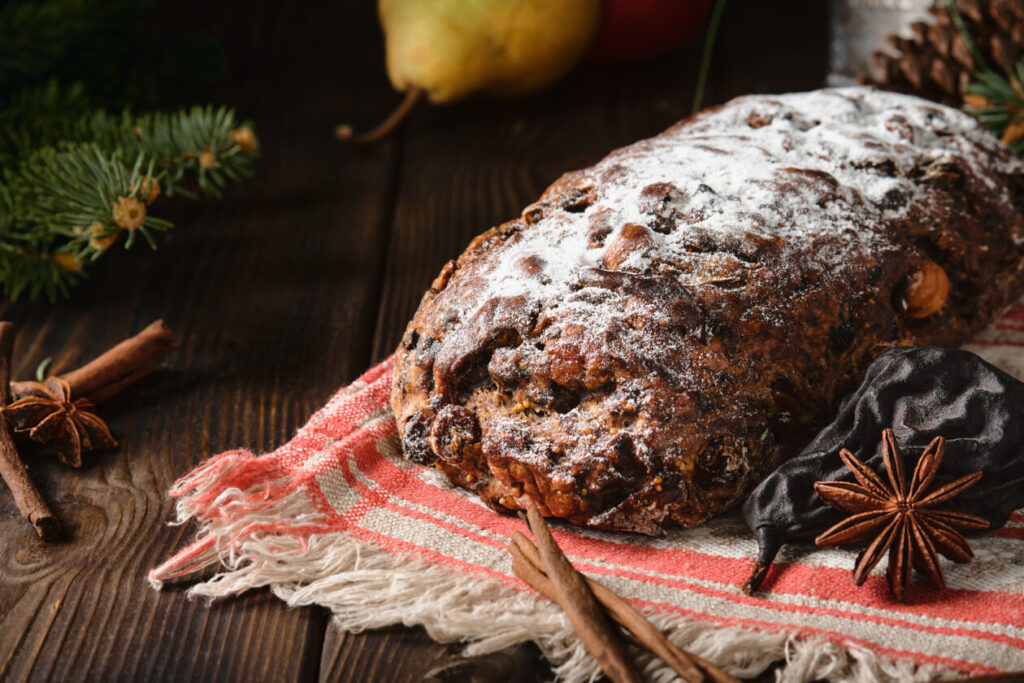
The verdict? Pumpernickel bread can be considered low-carb, especially compared to traditional white bread or whole wheat varieties. Its dense texture and rich fiber content help slow digestion, resulting in a lower glycemic index and fewer net carbs per serving.
Health Benefits of Pumpernickel Bread
Beyond its carb content, pumpernickel bread offers a range of health benefits. Thanks to its fiber-rich composition, pumpernickel bread can aid digestion, promote satiety, and help regulate blood sugar levels. Additionally, its unique combination of ingredients may contribute to overall heart health and provide essential nutrients such as manganese and selenium.
Incorporating Pumpernickel Bread Into Your Diet
Now that we’ve established pumpernickel bread’s low-carb status and highlighted its health benefits, how can you incorporate it into your diet? Whether enjoyed as a hearty sandwich base, toasted for a crunchy snack, or paired with your favorite toppings, pumpernickel bread offers endless possibilities for delicious and nutritious meals.
Conclusion
In conclusion, pumpernickel bread can be considered low-carb, making it a favorable choice for individuals seeking healthier bread options. With its rich flavor, hearty texture, and health benefits, pumpernickel bread deserves a place on your table. So indulge in a slice or two of this wholesome bread and savor its goodness.
References
FoodData Central. (2023). Retrieved May 13, 2023, from Usda.gov website: https://fdc.nal.usda.gov/fdc-app.html#/food-details/174918/nutrients
Slavin, J. L. (2005). Dietary fiber and body weight. Nutrition, 21(3), 411–418. https://doi.org/10.1016/j.nut.2004.08.018
Was this helpful?

Joseph Emb, RDN
Founder of StyleVitally.com | Registered Dietitian & Wellness Advocate
What I Cover:
I’m passionate about connecting nutrition science and everyday wellness to help people live healthier, more vibrant lives. I write about evidence-based nutrition, mindful eating, sustainable lifestyles, and holistic well-being at StyleVitally.com.
My Background:
The University of Texas in Austin, where I earned my Dietetics diploma, laid the groundwork for my nutrition and health career. My training and hands-on experience taught me the science and art of using nutrition to enhance health and well-being.
Professional Journey:
I’m an RDN with lots of experience. I’ve helped people seeking tailored nutritional recommendations in clinical settings and community outreach programs. My constant learning and professional development ensure that my recommendations are always based on the latest evidence.
Ethical Commitment:
My practice prioritizes integrity. My content is transparent and objective, following the most significant ethical standards. I can give my audience unbiased advice because I’m not affiliated with food businesses or industry associations. I want to help people make informed health decisions that match their values and ambitions.
Join Me on the Wellness Journey:
Join me on the path to vitality and well-being, whether facing nutritional issues, seeking sustainable lifestyle changes, or simply wanting a better, happier you. We’ll discover how diet, mindfulness, and holistic well-being can maximize your potential.


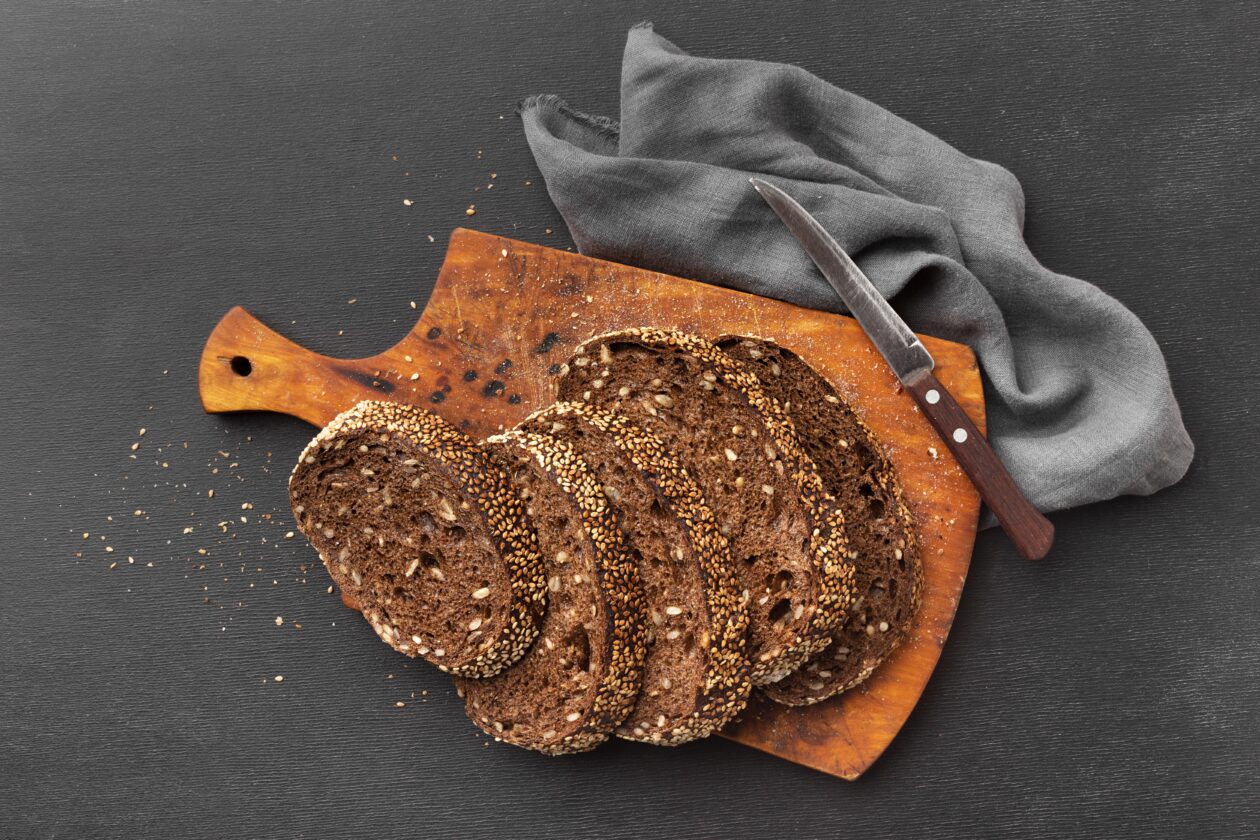

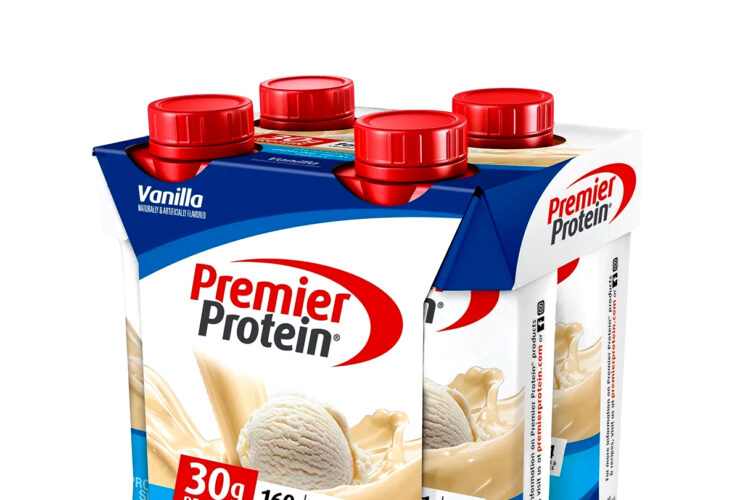


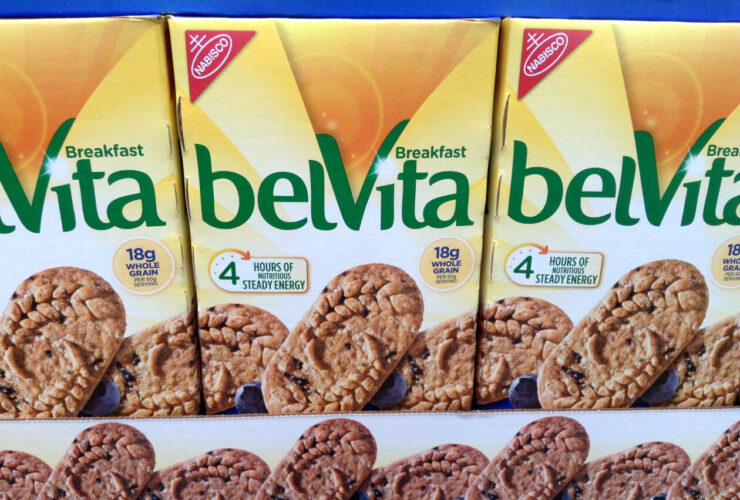
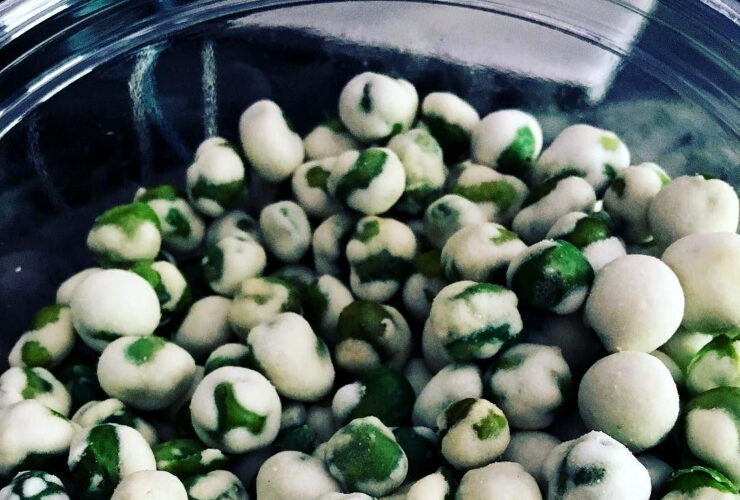
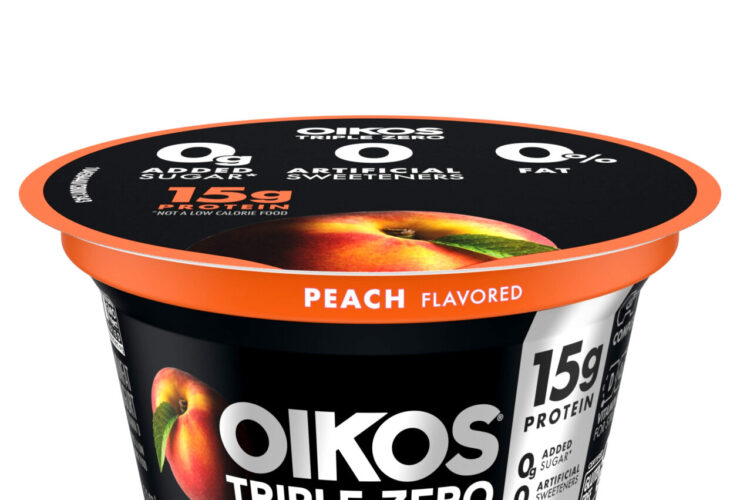
Leave a Reply
View Comments